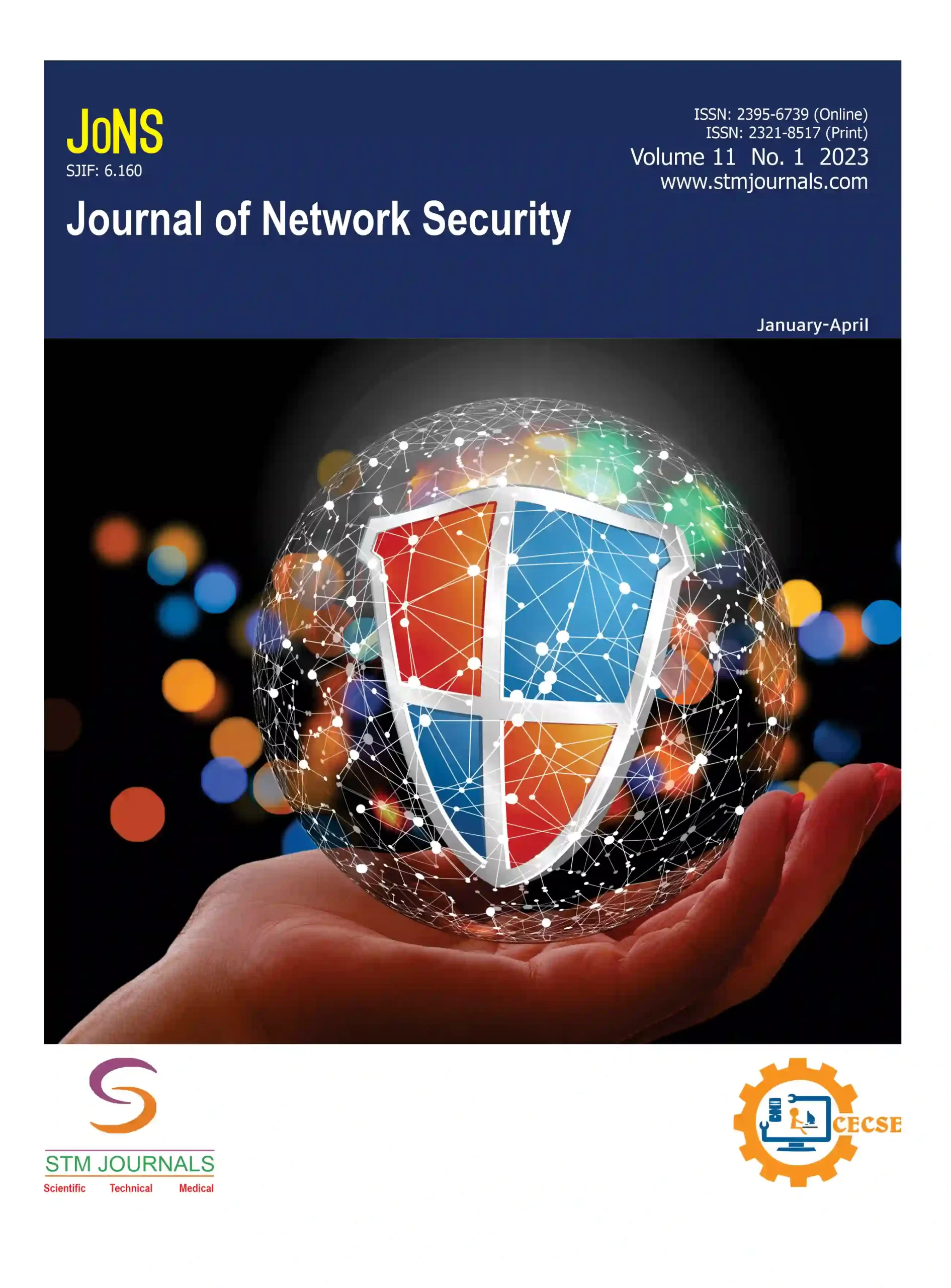
Tarkikkumar Zaverbhai Kevadiya,

Hirenkumar Kamleshbhai Mistry,

Amit Mahendragiri Goswami,
- Professor Master of Electrical Engineering, Government Engineering College (GEC), Bhavnagar Gujarat India
- Student Master of Science in Cybersecurity Phoenix United States
- Student Master of Science in Computer Information Systems Anaheim United States
Abstract
The complicated connection between cybernetics and AI is investigated in detail in this study. The focus was on the cybernetic basis of AI, specifically the part that control systems and feedback loops play. Norbert Wiener was one of the founders of cybernetics, which is important for understanding how machines and animals direct and talk to each other. It explains the basic ideas that have led to the progress in AI, from the first rule-based systems to more recent learning methods. Case studies show how cybernetic ideas work in real life, like in self-driving cars and smart climate control systems. These are used to look at how these ideas could be used in different AI systems. This research talks about the moral and useful problems that come up when you mix cybernetics and artificial intelligence. Some of these problems are that it is hard to understand and predict what AI systems will do, and it is also hard to control how they make decisions and store data. In the future, the study makes guesses about possible AI breakthroughs that will be affected by cybernetics. This study talks about some ideas for how AI and neuro technology could be used together to create smart, flexible learning tools. This essay talks about the cybernetic method and how important it is to the growth of AI, especially when it comes to making AI systems that are flexible, moral, and focused on people. The areas of cybernetics and artificial intelligence work together to make sure that new technologies can be used in a way that is ethical and socially acceptable.
Keywords: Cybernetics, adaptive learning, artificial intelligence, future AI developments, control systems, feedback loops
[This article belongs to Journal Of Network security(jons)]
References
- Flogie A, Aberšek B. Artificial intelligence in education. In: Active Learning-Theory and Practice. Intechopen; 2022.
- Losbichler H, Lehner OM. Limits of artificial intelligence in controlling and the ways forward: a call for future accounting research. J Appl Account Res. 2021; 22(2): 365–382.
- Wiener N. Cybernetics. Bulletin of the American Academy of Arts and Sciences. 1950 Apr 1; 3(7): 2–4.
- Angulo C, Chacón A, Ponsa P. Towards a cognitive assistant supporting human operators in the Artificial Intelligence of Things. Internet Things. 2023; 21: 100673.
- Fischer T, Herr CM. Design Cybernetics. Cham: Springer International Publishing; 2019.
- Mühlhoff R. Human-aided artificial intelligence: Or, how to run large computations in human brains? Toward a media sociology of machine learning. New Media Soc. 2020; 22(10): 1868–1884.
- Zegzhda D, Lavrova D, Pavlenko E, Shtyrkina A. Cyberattack prevention based on evolutionary cybernetics approach. Symmetry. 2020; 12(11): 1931.
- Dobbe R, Gilbert TK, Mintz Y. Hard choices in artificial intelligence. Artif Intell. 2021; 300: 103555.
- Kahn K, Winters N. Constructionism and AI: A history and possible futures. Br J Educ Technol. 2021; 52(3): 1130–1142.
- Damiano L, Stano P. Explorative Synthetic Biology in AI: Criteria of Relevance and a Taxonomy for Synthetic Models of Living and Cognitive Processes. Artif Life. 2023; 29(3): 367–387.

Journal Of Network security
| Volume | 12 |
| Issue | 01 |
| Received | February 22, 2024 |
| Accepted | March 2, 2024 |
| Published | April 4, 2024 |

